Seiju-ken is one of the four most famous wagashi (Japanese sweets) shops for Dorayaki. Dorayaki is a type of wagashi that “Anko” (red bean paste) is sandwiched between two pancake-like buns. Buns resemble castella (Japanese style sponge cake). Though probably few people from abroad know Dorayaki, it’s very popular in Japan.
Seiju-ken
Basic information on Seiju-ken
Seiju-ken is the very old wagashi store established in 1861 (Edo period). Store address is 1-4-6 Nihonbashi-horidomemachi, Chūō-ku. You can walk to the store from Exit A5 of subway station Ningyō-chō (Hibiya line of Tokyo metro, Toei Asakusa line) or from Exit 3 of subway station Kodenma-chō (Hibiya line of Tokyo metro).
Store opens 9:00 – 17:00 (weekdays), 9:00-12:00 (Sat. but closes in Summer). Tough it opens weekday afternoon, from 13:00 it sells wagashi (mostly Dorayaki) only to reserved customers. If Dorayaki are sold out, the store closes even if it’s during operating hours. It closes in Saturday afternoon and on Sunday, holidays.
Tough Seiju-ken sells several wagashi, its Dorayaki is most famous. And Seiju-ken sells two kinds of Dorayaki, Ōban (large version) and Koban (small version). Seiju-ken sets upper limits for the number of Dorayaki a customer can purchase. They are 20 per person for Ōban (large version) and Koban (small version) in total.
Purchase of Dorayaki at Seiju-ken
When I purchased Dorayaki there, I arrived at Seiju-ken about 5 minutes after its opening (9:05 am). Already about 20 customers formed a line for purchasing. While the line proceeded little by little, new customers continued to arrive and queued behind us.

Waiting line at Seiju-ken
Around 9:15 an employee came out of the store with some kind of small notice board and told the customer at the end of line that he or she might not be able to buy Dorayaki depending on early arrival customers’ volume of purchase. Since then, to new arrival customers, she showed the notice board and explained the situation.
I couldn’t believe that. Only 15 minutes after opening, an employee came out of the store and told customers that Dorayaki might be sold out! On that day, if you would arrive at 10:00, only 1 hour after opening of the store, you already couldn’t get Dorayaki there.
It is hard to get Seiju-ken’s Dorayaki
Of course, the number of waiting customers is different day to day. But as Seiju-ken’s Dorayaki are very popular and the number of Dorayaki produced is limited, I’m sure Dorayaki are sold out in the morning every day, possibly not long after the opening of the store.
By the way, you can make a reservation for receiving Dorayaki after 12:00 noon. Receiving time on booking is at 12:00, 13:00, 14:00, 15:00 and 16:00. Booking is possible from one month before the purchase. Though the timing that booking becomes full depends on the situation, I infer it may be fully booked at one week before the purchase.
Except the case you eagerly want to eat Seiju-ken’s Dorayaki, I don’t think Seiju-ken is for visitors from abroad. Because few tourists have time for visiting the store and waiting at 9:00 in the morning. And booking is also not practical for most tourists, because it may be necessary to book one week before the purchase.
Appearance and taste of Seiju-ken’s Dorayaki
Appearance of Dorayaki
As I write above, Seijyu-ken sells two kinds of Dorayaki, Ōban (large version) and Koban (small version). Diameter of Dorayaki seems almost same with that of Usagi-ya. Price of one Ōban Dorayaki is 220 yen and price of one Koban (small version) is 200 yen. Effective period for eating is 4 days.
Ōban (large version) Dorayaki
The following is the picture of Ōban Dorayaki.

Ōban Dorayaki
If you compare above picture with that of Usagi-ya’s Dorayaki or that of Kamejū’s, you would notice the mound of batter rises higher. There lies two reasons for this. One is batter is thicker than others. The other is amount of Anko (red bean paste) is larger than others.
The following picture shows the cross section of Ōban Dorayaki.

Cross section of Ōban Dorayaki
In above picture, you could confirm there lies large amount of red bean paste between batters. Anko is “tsubuan” because you could see the form of beans in Anko.
Koban (small version) Dorayaki
The following is the picture of Koban (small version).

Koban Dorayaki
Usually there are two batters for one Drayaki and red bean paste is sandwiched between two batters as you see in the pictures of Ōban (large version) Drayaki. But in the case of Koban, Seiju-ken uses only one batter and folds it in half. And red bean paste is sandwiched between folded batter.

Anko between folded batter
You could see there lies large amount of Anko (red bean paste) between folded batter in above picture. Also in above picture, you can see “kogeme” (burn) on the inner side surface of batter. Of course Seiju-ken toasts well both sides of Ōban’s batters as well.
Taste of Dorayaki
Ingredients of Dorayaki are egg, sugar, flour, “azuki” (red bean), baking soda, honey, “mirin” (sweet cooking sake). On the web site of Seiju-ken (in Japanese), Seiju-ken boasts that it uses only selected excellent ingredients and to make red bean paste, it boils down red beans for 4 to 5 hours everyday and stirs them by hand. They say the reason that they stirs to paste by hand and not by machine is to preserve the form of the beans as much as possible.
Toasted batter of Dorayaki is soft and moist. Personally I think it is better than that of Usagi-ya. Though batter of Kamejū is softer and moister than Seiju-ken’s, the texture of batter of Seiju-ken is good. Burn on the inner side of batter gives a hint of bitterness and it contributes to reduce slightly the sweetness of Anko (red bean paste).
The feature of Seiju-ken’s Dorayaki is large amount of Anko. Using high quality ingredients, carefully made Anko must be very attractive for Anko lovers. For such Anko lovers, Seiju-ken’s Dorayaki with large amount of Anko must have value getting up early and waiting in line. But for me, that large amount of Anko makes me want to drink a cup of green tea. When I ate Dorayaki of other three famous stores, I didn’t need green tea. But for this Dorayaki, it was hard to eat without green tea.

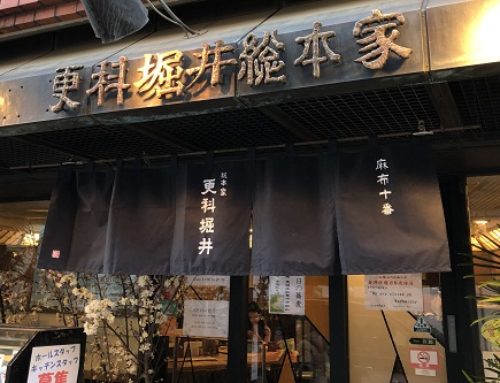
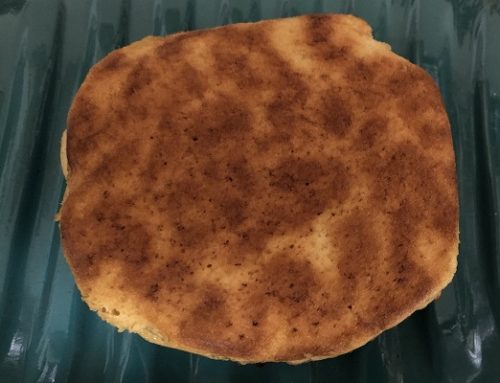
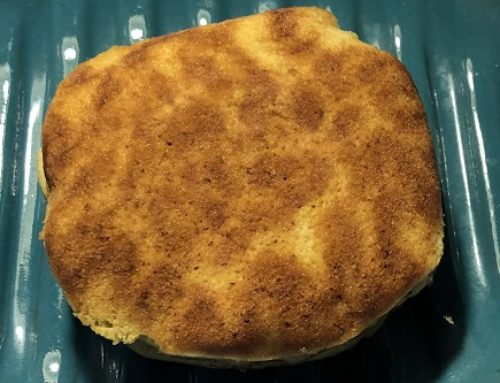
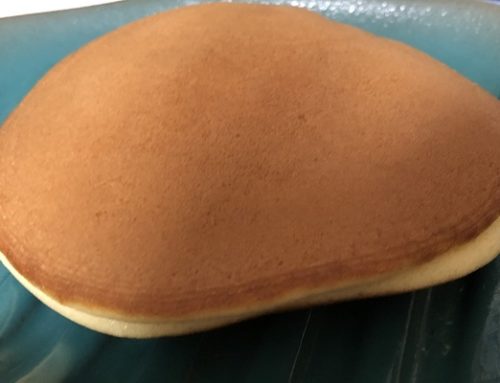
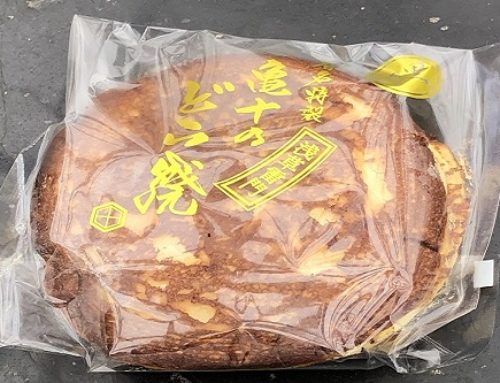
Leave A Comment